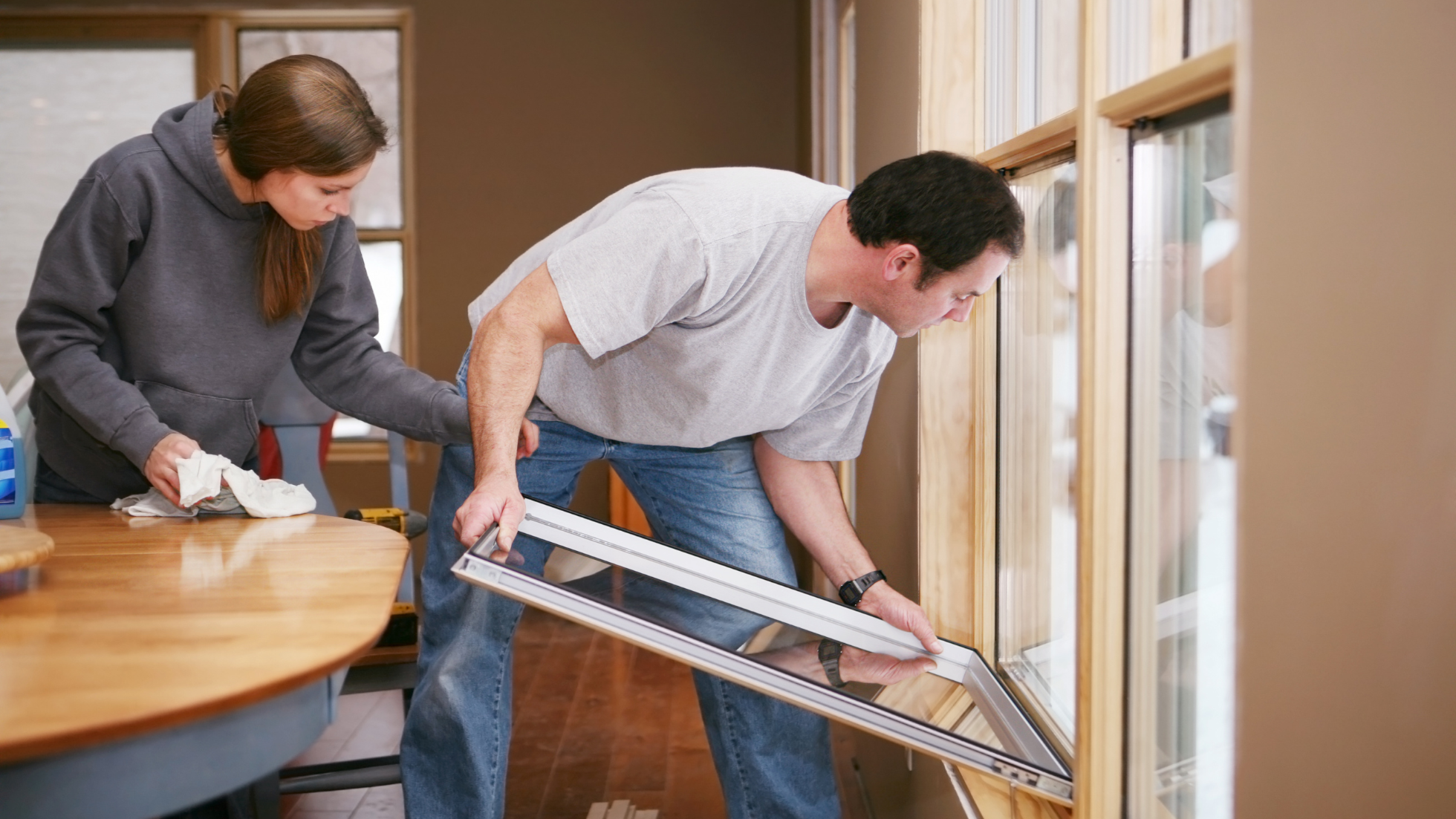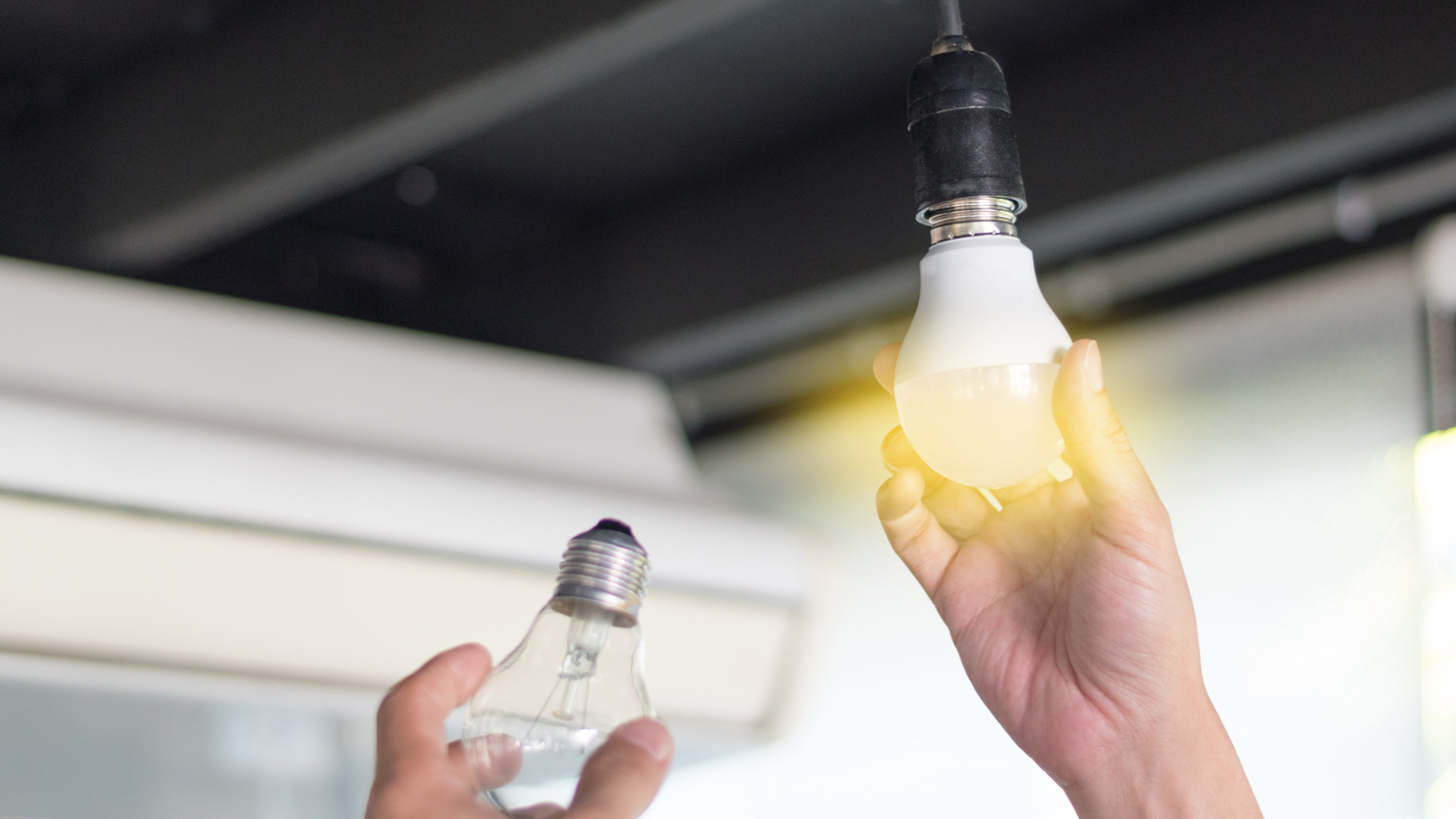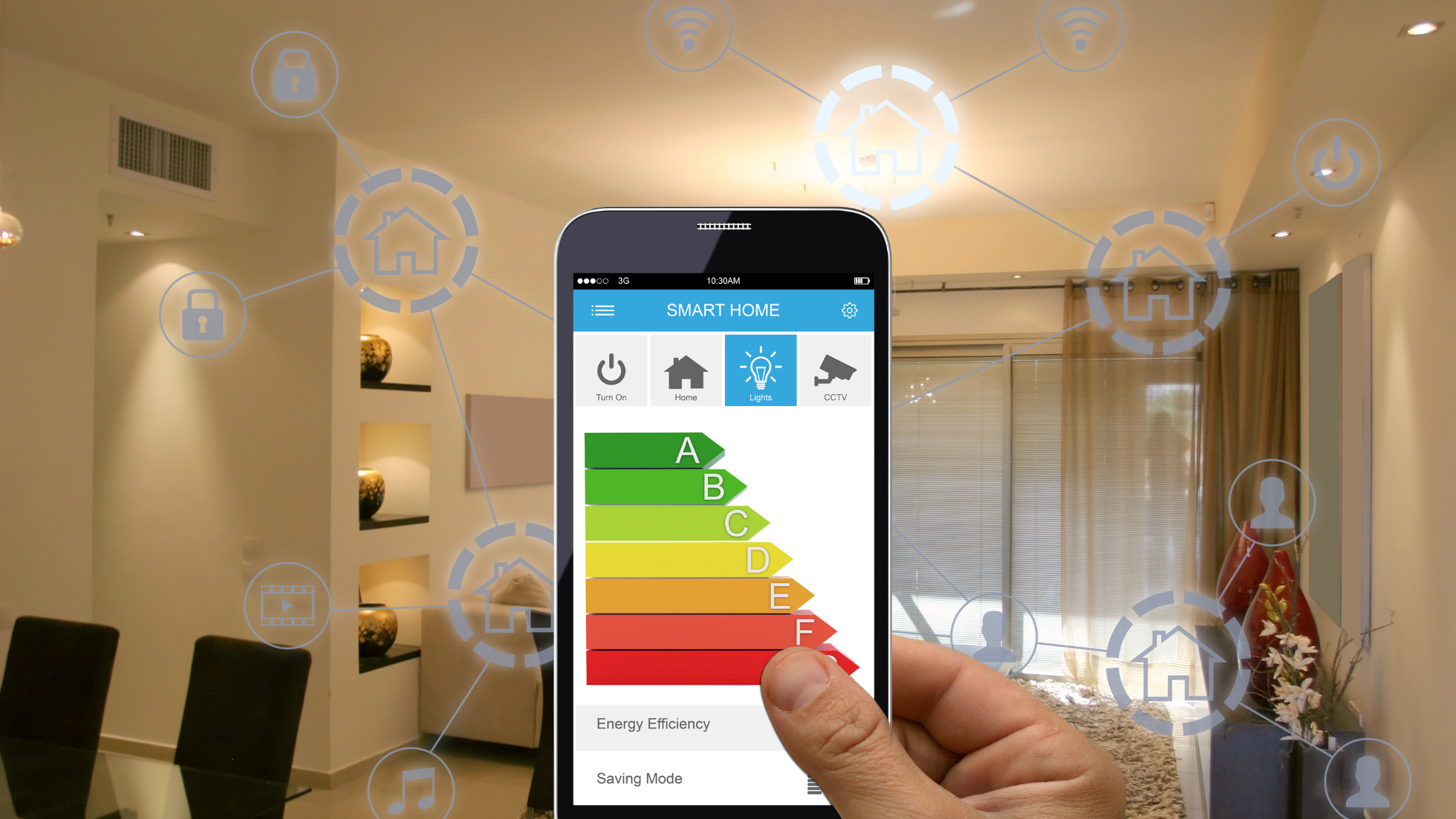How Can I Make My Home Energy Efficient?
At Bio Developing, we specialize in energy efficiency for commercial buildings, but since we’re passionate about energy efficiency, we thought it would be helpful to answer this question too; “how can I make my home energy efficient?“
There are several ways to make your home energy efficient. An energy-efficient home will save you money on utility bills, while also lowering your environmental impact. Here are some starting points:
- Replace inefficient appliances with energy-efficient models that use less energy and water, such as refrigerators, washing machines, and dishwashers. Appliances with an Energy Star rating have proven to lower energy costs.
- Install low-flow fixtures: To save water, install low-flow showerheads, faucets, and toilets.
- Change to LED light bulbs: Replace incandescent bulbs with energy-saving LED bulbs. They are more energy efficient, last longer, and produce less heat.
- Improve insulation: Make sure your attic, walls, and floors are all properly insulated. This will aid in the retention of warm air during the winter and cool air during the summer.
- Check for air leaks around windows, doors, and other openings and seal them. Seal any gaps with weatherstripping, caulking, or spray foam to prevent air leaks.
- Use a programmable thermostat: A programmable thermostat allows you to set your home’s temperature based on your schedule, reducing energy consumption when you’re not home or asleep.
- Install solar panels: Install solar panels if possible to generate your own electricity and reduce your reliance on the grid.
- Plant shade trees: Planting trees or installing shading devices on your home’s south and west sides can help reduce the amount of heat that enters your home during the summer.
These are just a few suggestions to get you started. There are numerous other ways to make your home energy efficient; therefore, consider conducting a home energy audit to identify additional areas for improvement.
An Example of How A New A/C Can Improve Energy Efficiency & Save Money
You’ll notice that I didn’t mention a new A/C in the above suggestions. That’s because a new air conditioner can be a costly investment. However, if you are interested in making your home energy-efficient, one of the most significant improvements is a new A/C. This is particularly true if your A/C or HVAC system is 10-15 years old.
Installing an energy-efficient air conditioning (AC) system can help a homeowner save money in a variety of ways. Here’s an illustration:
Assume a homeowner has a 10-year-old central air conditioning system with a SEER (Seasonal Energy Efficiency Ratio) rating of 10. During the summer months, when the AC is turned on, the homeowner’s electricity bill is $300 per month.
The homeowner chooses to replace the old air conditioning system with a new energy-efficient model with a SEER rating of 16. After the installation, the homeowner’s summer electricity bill drops to $200 per month, representing a 33% reduction in energy usage and cost.
Assuming the new AC system costs $5,000 to buy and install, the homeowner will recoup the cost in about 6 years ($5,000 divided by $1,200 in annual savings).
Aside from energy savings, the new AC system will most likely require less maintenance and repair costs over its lifetime than the older system. In addition, the homeowner would benefit from improved comfort and air quality in their home.
Overall, upgrading to a new energy-efficient air conditioning system can help a homeowner save money on energy costs, recoup installation costs over time, and provide additional benefits such as increased comfort and improved air quality.
Why Homeowners Should Invest in Energy Efficient Improvements

There are several key reasons why homeowners should invest in home-improvements that increase energy efficiency:
Energy Savings:
Energy-saving improvements, such as upgrading to energy-efficient appliances, adding insulation, or installing solar panels, can significantly reduce energy bills. These savings can add up over time and help pay for the improvements.
Increased Home Value:
Energy-efficient improvements can raise a home’s value. Energy-efficient homes are becoming more popular among homebuyers, and studies have shown that they sell for a higher price than less efficient homes.
Environmental Benefits:
Energy-efficient improvements can help reduce a home’s carbon footprint. Homeowners can reduce their environmental impact and aid in the fight against pollution by using less energy.
Improved Comfort:
If anything, a home should be comfortable! Energy-saving improvements can also improve a home’s comfort. Adding insulation, for example, can keep a home warmer in the winter and cooler in the summer, whereas upgrading to a more efficient heating and cooling system can provide more consistent and comfortable temperatures.
Get Paid to Improve Energy Efficiency:
Rebates and incentives are available from many local and state governments, as well as utility companies, for energy-efficient improvements. These incentives can help homeowners offset the cost of improvements and make them more affordable.
In summary, homeowners can benefit financially, environmentally, and in terms of increased home comfort and value by investing in energy-efficient improvements. It’s a wise investment that can benefit both the homeowner and the environment in the long run.
Should I Do The Work Myself or Hire a Professional?
Above, I used a picture of a husband and wife installing their own windows. There are many things you can do right now to boost your home’s energy efficiency. But, I thought it would be good to discuss whether or not you should tackle home improvements as a DIY project, or hire a professional. If you are more on the handy side, the next section lists several simple upgrades you can make at home to improve energy efficiency.
Whether you should do your own energy efficiency improvements at home or hire a professional depends on a variety of factors, including your DIY skills, the complexity of the project, and the risks involved.
Some energy-efficiency improvements, such as replacing light bulbs or weatherstripping doors and windows, can be completed by homeowners without the assistance of a professional. However, for more complex projects, such as upgrading insulation or installing a new heating and cooling system, hiring a professional may be preferable.
Here are four factors to consider, when deciding whether to do it yourself or hire a professional:
- Safety: Some energy-saving improvements, such as installing new electrical wiring or working with high-voltage electricity, can be hazardous if you are inexperienced. Hiring a professional can assist in ensuring that the job is completed safely.
- Cost: Making your own energy efficiency improvements can save you money in some cases. However, if you are inexperienced, you may make mistakes that will cost you more money in the long run. Hiring a pro can ensure that the job is done correctly the first time.
- Complexity: Some energy-efficient improvements, such as solar panel installation or insulation upgrades, necessitate specialized skills and knowledge. A professional can ensure that the project is completed properly and can advise on the best materials and techniques to use.
- Time: DIY projects can take longer to finish, especially if you’re inexperienced. Hiring a professional can help you save time and reap the benefits of your energy efficiency improvements sooner.
Before deciding whether to DIY or hire a professional, consider your own skills, the complexity of the project, and the potential risks involved. Before making a decision, it is a good idea to consult with a professional to get an estimate of the cost and time required for the project.
Simple Do-It-Yourself Home Improvements that Increase Energy Efficiency
There are a number of simple do-it-yourself home improvements that can boost energy efficiency and help you save money on energy bills. Here are a couple of examples:

- LED bulbs use less energy and last longer than incandescent bulbs, making them a simple and cost-effective way to improve energy efficiency.
- Install weatherstripping: Drafts and energy loss can be caused by air leaks around doors and windows. Weatherstripping can help keep conditioned air inside and reduce the workload on your heating and cooling system by sealing gaps.
- Use a programmable thermostat: Programmable thermostats allow you to program the temperature to adjust automatically while you’re away or sleeping, allowing you to save energy and money.
- Seal air ducts: Leaky air ducts waste energy and lower the efficiency of your heating and cooling system. Air duct sealing with duct mastic or foil tape can help increase efficiency.
- Insulate your hot water heater: Installing an insulating jacket on your hot water heater can help reduce heat loss and save you money and energy.
- Planting trees or installing shading devices, such as awnings or blinds, can help block direct sunlight and reduce the workload on your cooling system.
These simple do-it-yourself improvements can help you save energy and money without the need for professional help. Furthermore, many of these improvements can be completed quickly and inexpensively, making them an excellent way to begin improving your home’s energy efficiency.
I hope that this article has helped give you some ideas of what you can do to make your home energy efficient. Contact us to find out more about energy-efficient solutions for your home or business.
Article by
Rebecca Samson
Editor, Bio Development



Recent Comments